Moscow - Patriot Park
About sixty kilometres west of Moscow lies Patriot Park, a large military park with various military exhibitions, activities and museums. One museum, or part of the museum, is dedicated to German military vehicles that were conquered during the Second World War. A jewel among these vehicles is the German tank Tiger I, which probably is the Second World War’s most feared and mythical tank. Rumors that there were ”Tigers” nearby or on the move could create a demoralizing effect of the enemy. The Tiger had a massive armor guard and was equipped with an 88 mm gun. This meant that the Tiger was extremely effective at a distance while enemy tanks had to get close to a Tiger to be able to knock it out. The Tiger’s disadvantage was that it was slow, fuel-thirsty, expensive to manufacture. Between 1942 and 1945 only 1355 "Tigers" were manufactured. In comparison, 57 000 Soviet T-34 tanks were manufactured during the war.
The Tiger tank in Patriot Park is a commanding tank with a slightly different tower and with a better communication radio. It was probably conquered during the German retreat on the eastern front in January 1945. The small number of specimens also meant that very few tigers survived the war. If they were not destroyed during the war itself, it was not uncommon for them to be scrapped after the war or used as target practice until they were completely destroyed and then scrapped. This means that there are only seven tigers left that can be visited. Two are in Moscow, two in France and one each in England, Australia and the United States.
Current status: Museum (2021).
Location: 55°33' 47.95" N 36°49' 05.00" E
Get there: Car.
Follow up in books: Spielberger; Walter J: Tigers I and II and Their Variants (2007).
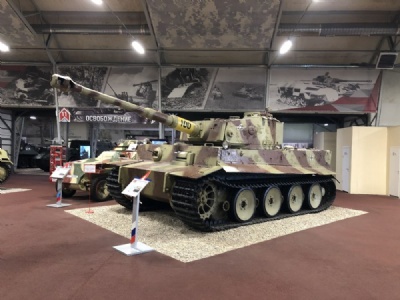
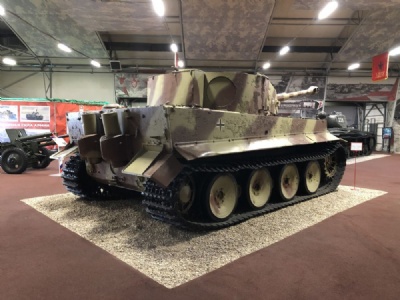

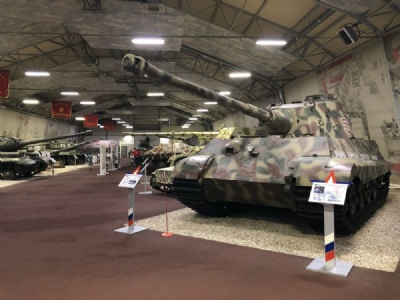
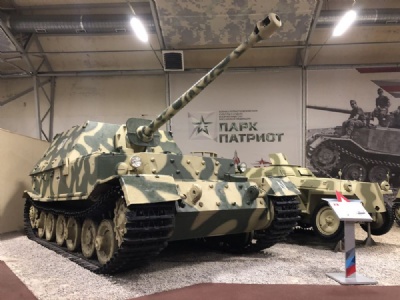
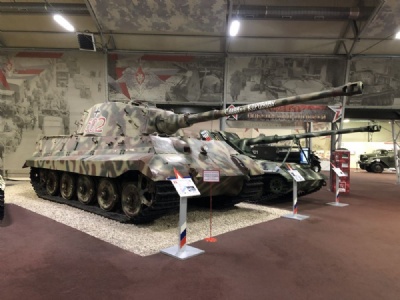
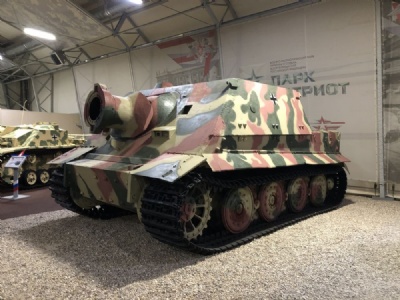
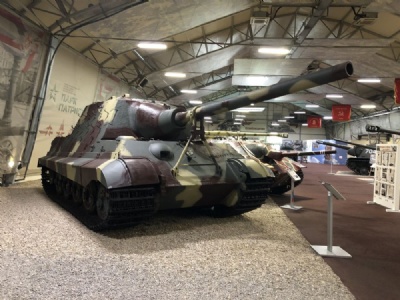
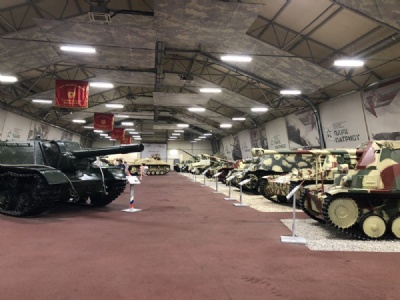
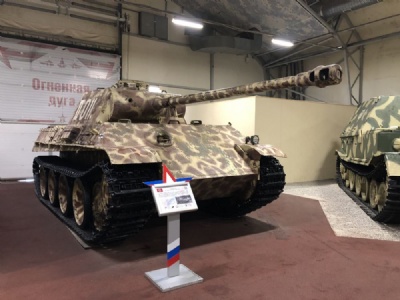

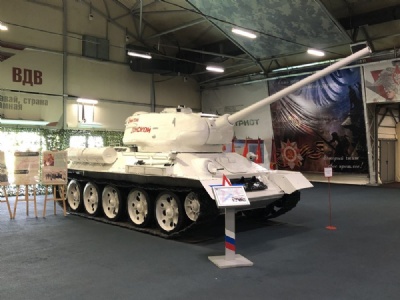
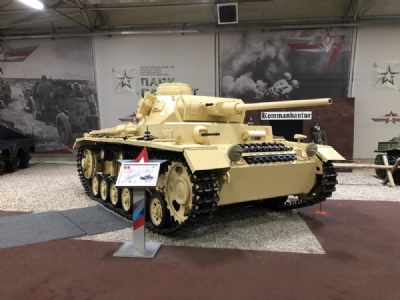
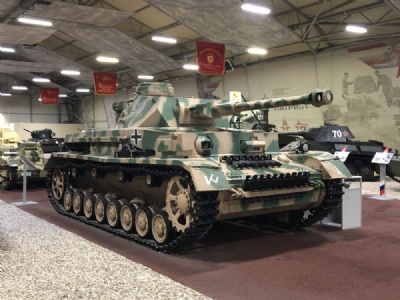
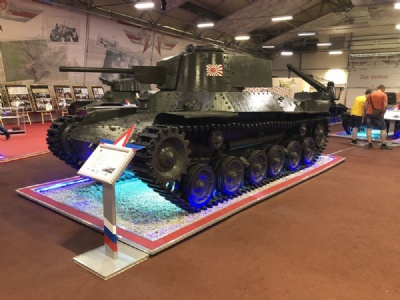
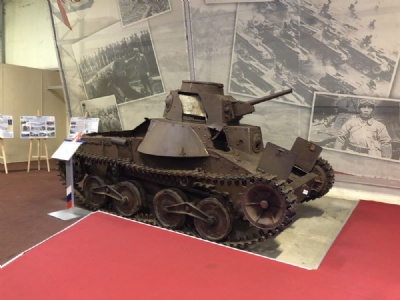
Patriot Park is a huge military park with various activities and museums. A little nastily but with some kind of truth, the park from the western side has been called a military Disneyland. What made me visit the Park was to once again to see the mythical Tiger that is exhibited in the museum. The museum has, in addition to the Tiger, an impressive set of tanks from the Second World War where German conquered tanks (vehicles) have a prominent place. I Wouldn’t be surprised if this is the largest set of conquered German vehicles in the entire world.
The exhibition also consists of a respectable section of Japanese vehicles that were conquered after the Soviet Union declared war on Japan in august 1945. Of course there are also Soviet vehicles and tanks on display, but it feels like the focus has been on the enemy, and especially Germany. Outside the halls, there is an equally impressive set of vehicles, aircraft and helicopters, but that mostly includes the time after the Second World War.
I think most of the objects in the museum previously stood at the Kubinka museum, about seven kilometers west of Patriot Park, but were moved to Patriot Park when this was inaugurated in 2016. To what extent the Kubinka museum still is open for visitors and what objects are left, I don’t know. The New museum is well compiled and easy to orientate and can, in particular, unlike Kubinka, be visited individually. However, it is not easy to get there. I recommend that you take a taxi from Moscow while visiting the museum, have the driver wait for you, and then go back to Moscow. A pre-arranged price comes to around 50 Euro and I guarantee it’s worth it. The option is to take local train that stops about 10 kilometres from the museum anyway.